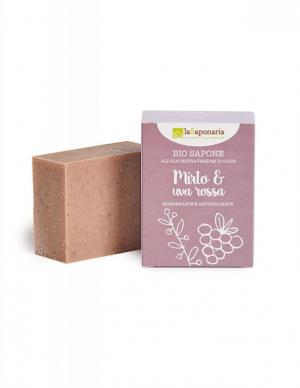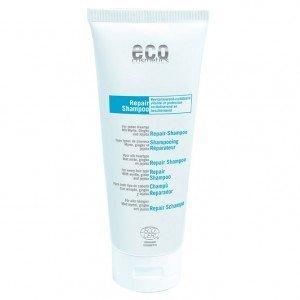Myrtle (Myrtus communis)
Other names: Myrtus communis
Harm score: 1 (Natural substances)
The common myrtle, also known as Myrtus Communis, is an evergreen shrub native to the Mediterranean, southwest Asia and northern Africa. Typical features of the myrtle tree are the glossy, elongated leaves of an intense dark green colour and the small white or pink flowers that appear in summer. The fruits are blue to purple berries. The common myrtle requires a warm climate for growth and likes full sun. Nevertheless, this plant can be grown in cooler conditions if it is placed in a place with plenty of light and no frost in winter.
Myrtle is used in the cosmetics industry as well as in gastronomy and medicine. Myrtle extracts are often found in cosmetic products, especially in hair and skin care, as myrtle extracts smell good and have antiseptic, astringent and tonic properties. Regular use of myrtle can help improve skin and hair condition, prevent acne and dandruff and improve the condition of sensitive and problematic skin. In the kitchen, myrtle flowers and fruits are used to make marmalades, liqueurs or as a spice. Doctors appreciate the antibacterial and anti-inflammatory effects of myrtle. It is used in the treatment of respiratory and skin diseases, digestive disorders and colds. Myrtle also produces an essential oil that is used in aromatherapy.
Myrtle (Myrtus communis) can be found in the following products

Solid olive soap BIO - Myrtle and red grapes (100 g)
Product detail
Regenerating shampoo BIO (200 ml) - ideal for damaged hair
Product detail
Toilet cleaner mint - myrtle 750 ml
Product detail